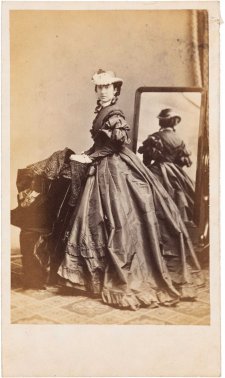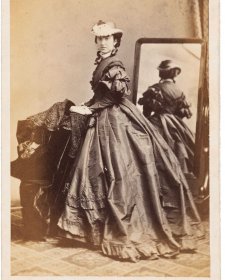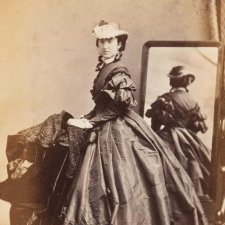The Gallery will be open until 9pm this Friday, Saturday and Sunday.
Edward Hargraves (1816–1891), adventurer and speculator, claimed credit for the discovery of gold in New South Wales. A soldier’s son, Hargraves ran away to sea at fourteen and eventually ended up in Sydney, where he worked at various jobs before heading to California in 1849. After eighteen fruitless months there he came back to New South Wales hell-bent on earning the reward on offer to anyone who located substantial gold deposits in the colony. With the assistance of three others and employing the fossicking methods he’d learned in California, Hargraves found flecks of gold in the Macquarie River in February 1851 and soon afterwards returned to Sydney to convince the Colonial Secretary of his entitlement to the £500 reward. Meanwhile, his partners had found gold in more promising quantities. Despite being urged to secrecy, Hargraves announced the location of the finds at a meeting in Bathurst in May. Within days, the gold rush had begun. Hargraves was awarded a further £10,000 by the government and appointed Commissioner of Crown Lands. In England in 1853–54 he was presented to Queen Victoria and in 1855 he published Australia and its goldfields. But he was soon broke again, and in 1861 attempted to secure a portion of a £5000 Victorian government reward for the discoveries of gold made there ten years earlier. He was later invited to prospect for gold by the governments of South and Western Australia, but his lavish lifestyle ultimately left him almost penniless. Hargraves’s partners in the 1851 find were eventually compensated to the comparatively paltry tune of £1000 each. In 1890, after years of petitioning, they were finally acknowledged as ‘undoubtedly the first discoverers of gold obtained in Australia in payable quantity'.
Collection: National Portrait Gallery
Purchased 2015



On one level The Companion talks about the most famous and frontline Australians, but on another it tells us about ourselves.



Drawn from the NPG’s burgeoning collection of cartes de visite, Carte-o-mania! celebrates the wit, style and substance of the pocket-sized portraits that were taken and collected like crazy in post-goldrush Australia.



Visit us, learn with us, support us or work with us! Here’s a range of information about planning your visit, our history and more!